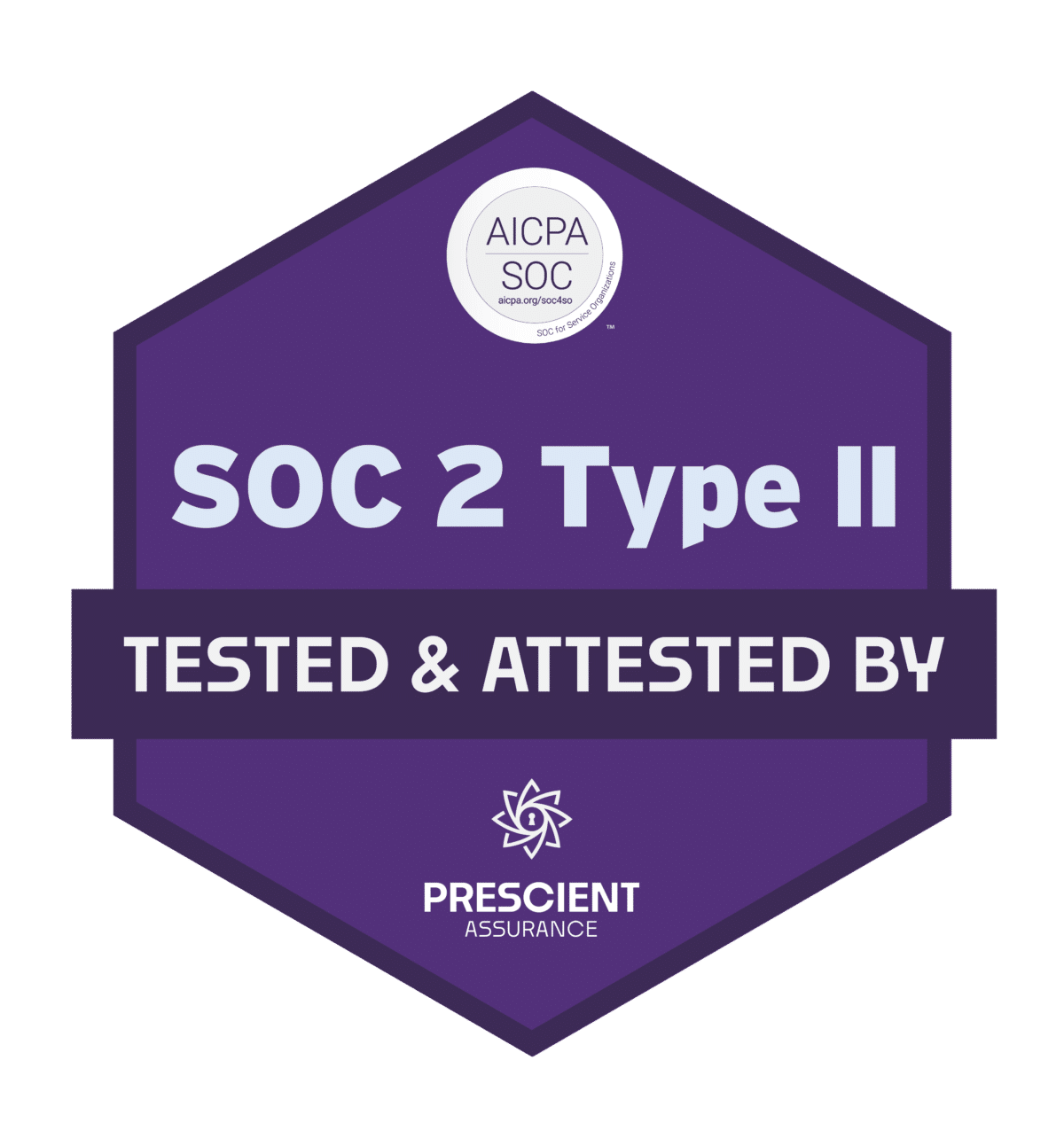White Papers
All White Papers
Mitigate Dependency Confusion Risks
Software built with both internal and external dependencies is susceptible to dependency confusion attacks. Learn best practices to protect your software development processes.
Read More
Scalable Dependency Vendoring: Best Practices
Learn best practices for dependency vendoring to ensure scalable, consistent, up-to-date and secure environments across your SDLC, while minimizing time and effort required by your ...
Read More
AppSec Guide: The Open Source Supply Chain Can Be Fixed
InfoSec & AppSec leaders can use this guide to investigate the current state of their development processes and mitigate the risk associated with working with ...
Read More
Perl Package Management Guide for Enterprise Developers
Insightful white paper compares various Perl package management solutions and presents a modern approach for enterprise Perl programmers.
Read More







